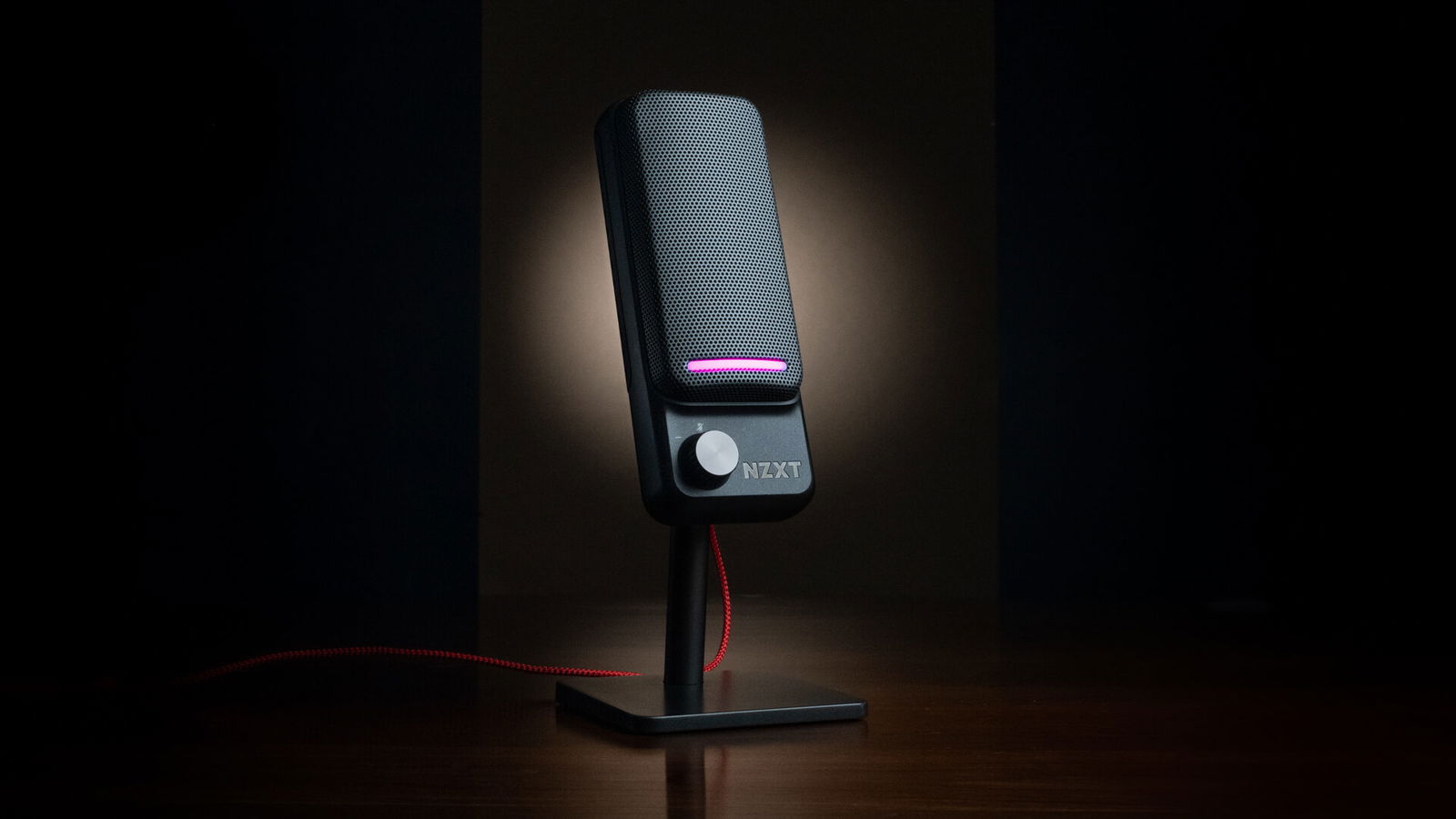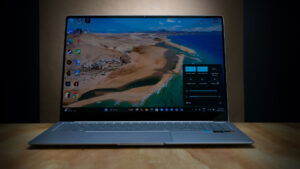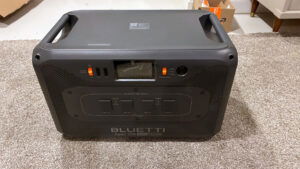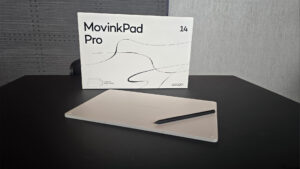USB microphones have come a long way in the last few years, and it makes sense why. An expensive headset has always been a medium-quality pair of headphones with a passable microphone attached to the side, and a quality microphone used to require a small hanger of electronics to operate. Today, a feature-packed USB microphone like the NZXT Capsule Elite, paired with a studio-quality pair of headphones, can be bought separately for less than a quality headset. And they outperform it in every way.
The NZXT Capsule Elite microphone is a high-resolution, plug-and-play USB microphone designed for gamers, content creators, and streamers. Its sleek, minimalist design, broadcast-quality audio, and DTS-powered customization software make the Capsule Elite a compelling alternative to the similarly priced Logitech Blue Yeti Nano and the HyperX QuadCast.
What separates the Capsule Elite from the pack is a focus on fidelity over flexibility. While the Blue Yeti and Quadcast have multiple polar patterns, the Capsule Elite bolsters its singular cardioid pattern with a higher bit depth and sample rate. However, given that all three mics are for gaming, Discord calls, and streaming, the increased sample rates may be unnecessary.
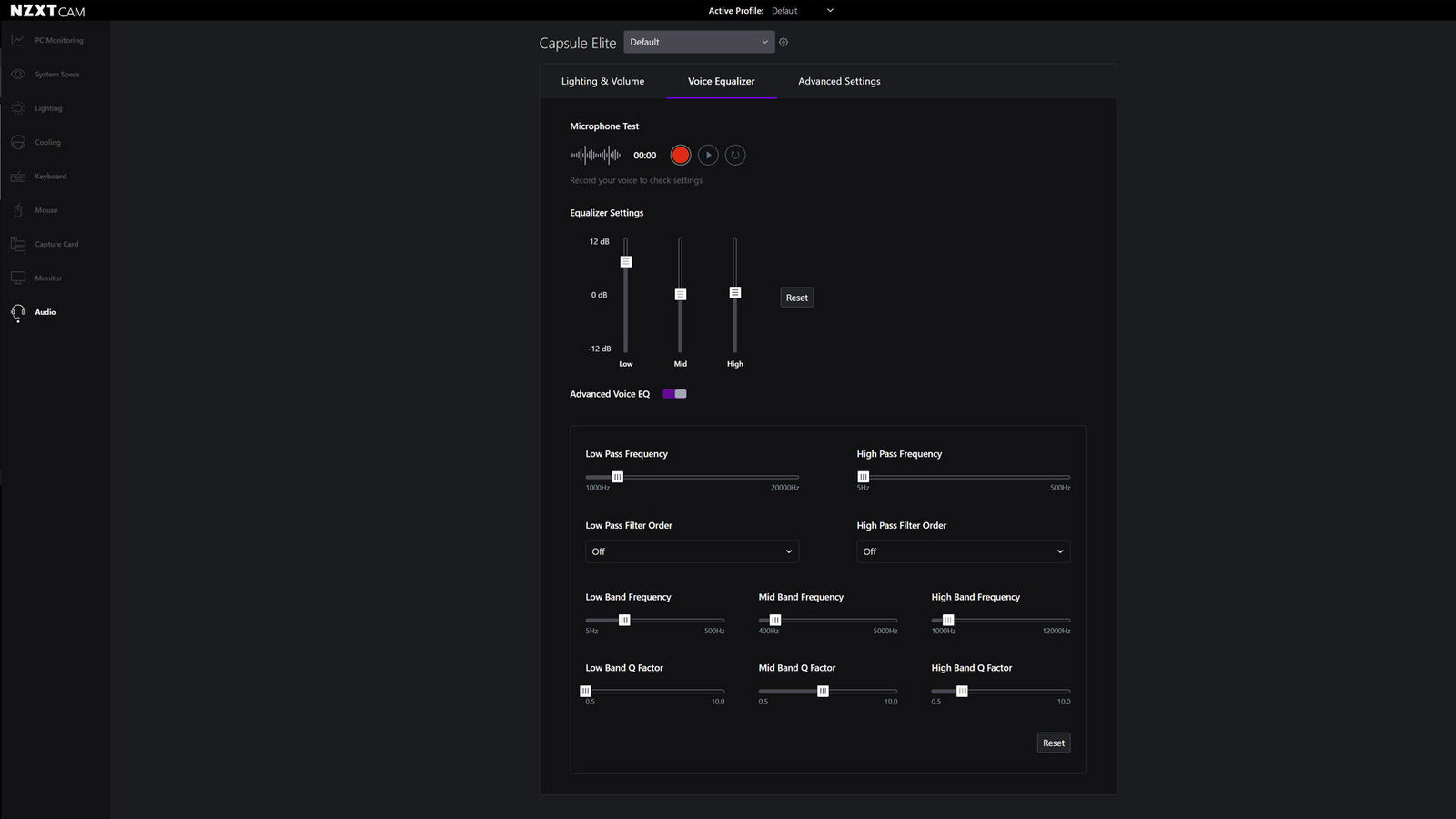
The Capsule Elite boasts impressive capabilities, including a 24-bit/192kHz sample rate, a 25mm condenser capsule, DTS-powered EQ and noise suppression software, and zero-latency headphone monitoring with sidetone control. Out of the box, the recording quality of the NZXT Capsule Elite Microphone is rich across the tonal range but best suited to capturing detail between 50-1000Hz. I’ve got some gravel in the low end of my voice that can get lost without equalization. Thankfully, the NZXT CAM software provided the flexibility to transform my incomprehensible mumbles into something charmingly smokey, albeit a little flat.
“Out of the box, the recording quality of the NZXT Capsule Elite Microphone is rich across the tonal range but best suited to capturing detail between 50-1000Hz.”
I’ve also been testing a Shure MV7i (spoiler: it’s incredible), so naturally, I used it for comparison quite a bit. Was the Capsule Elites 24-bit/192kHz sample rate an improvement over the 24-bit/48kHz of a Shure MV7i? No–but when listening to unedited recordings, the difference was sometimes hard to discern. The Capsule Elite captured more detail, but it was aggressively bright in the high end and prone to frequency buildup. While the 192kHz recordings were technically more dynamic, they were difficult to push in editing without noticeable degradation.
Comparing the Capsule Elite to a $400 mic may seem unfair, but it underscores an important point: Numbers aren’t everything. That said, one number worth noting is $89.99—the price of the Capsule Elite. And based on plug-and-play quality alone, it held its ground against a microphone more than four times the cost. When stacked against its near-peer competitor, the HyperX QuadCast, with its 16-bit/48kHz audio, the Capsule Elite was the clear winner in both out-of-the-box performance and editing flexibility.
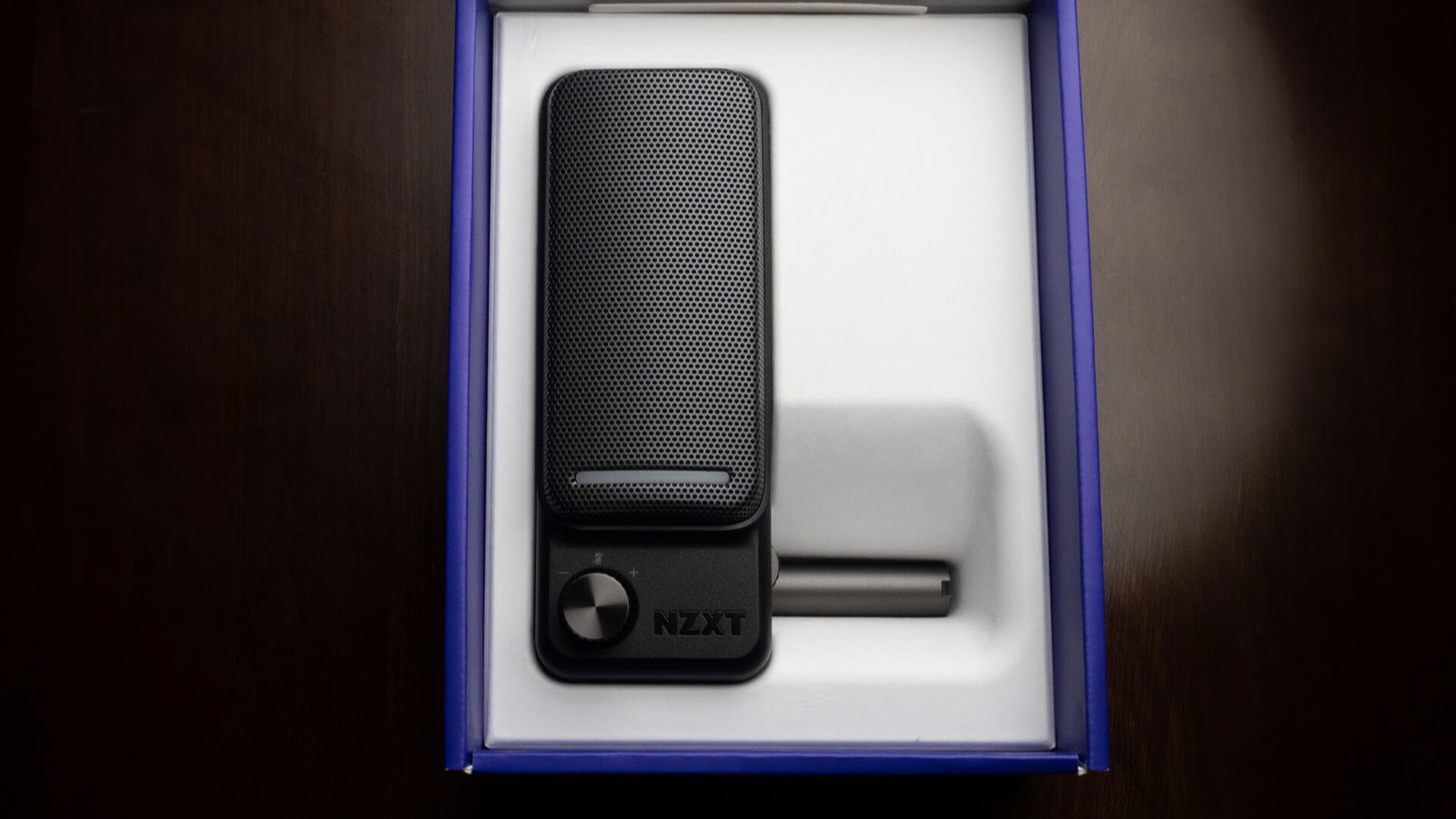
The most natural comparison would be to the original NZXT Capsule microphone. When the Capsule was first released in 2021, it received plenty of praise for its spectacular audio quality, durable aluminum frame, minimalist controls, and plug-and-play setup. The main complaints in the reviews were the lack of EQ software and the price–both of which NZXT addressed with the Elite. That said, not all changes made to the Capsule have been improvements.
The NZXT Capsule Elite may be intended for gamers, but its design is sleek and understated. It’s a black (or white) rectangular monolith with brushed aluminum dials and a single, tasteful LED indicator on the front grill. On the reverse side, there’s a diffuse row of customizable RGB lights and a plastic grate–that’s it. Visually, it leaves no impression; you may even forget it’s on your desk–which, for some, may be exactly what they’re looking for.
Like it or not, dedicated gamer gear comes saddled with implicit bias, and that bias is rarely positive. The Hyperx Quadcast is a great gaming mic—but it’s top-to-bottom RGBs, and shock mount won’t send the right message in professional settings. A client may not be thrilled to discuss their account with someone who’s chosen a microphone that looks purpose-built for shouting at children in Fortnite.
In the age of telecommuting, our desks have become tiny stages in which we put on webcam performances for our colleagues. How we choose to fill the frame can feel incredibly important. In this dystopian Kabuki show, our choice of peripheral can inadvertently reveal more about our personality than the carefully curated bookshelf we’ve set up in the background. So, if professionalism is a concern, the Capsule Elite’s nondescript design may be perfect for the job.
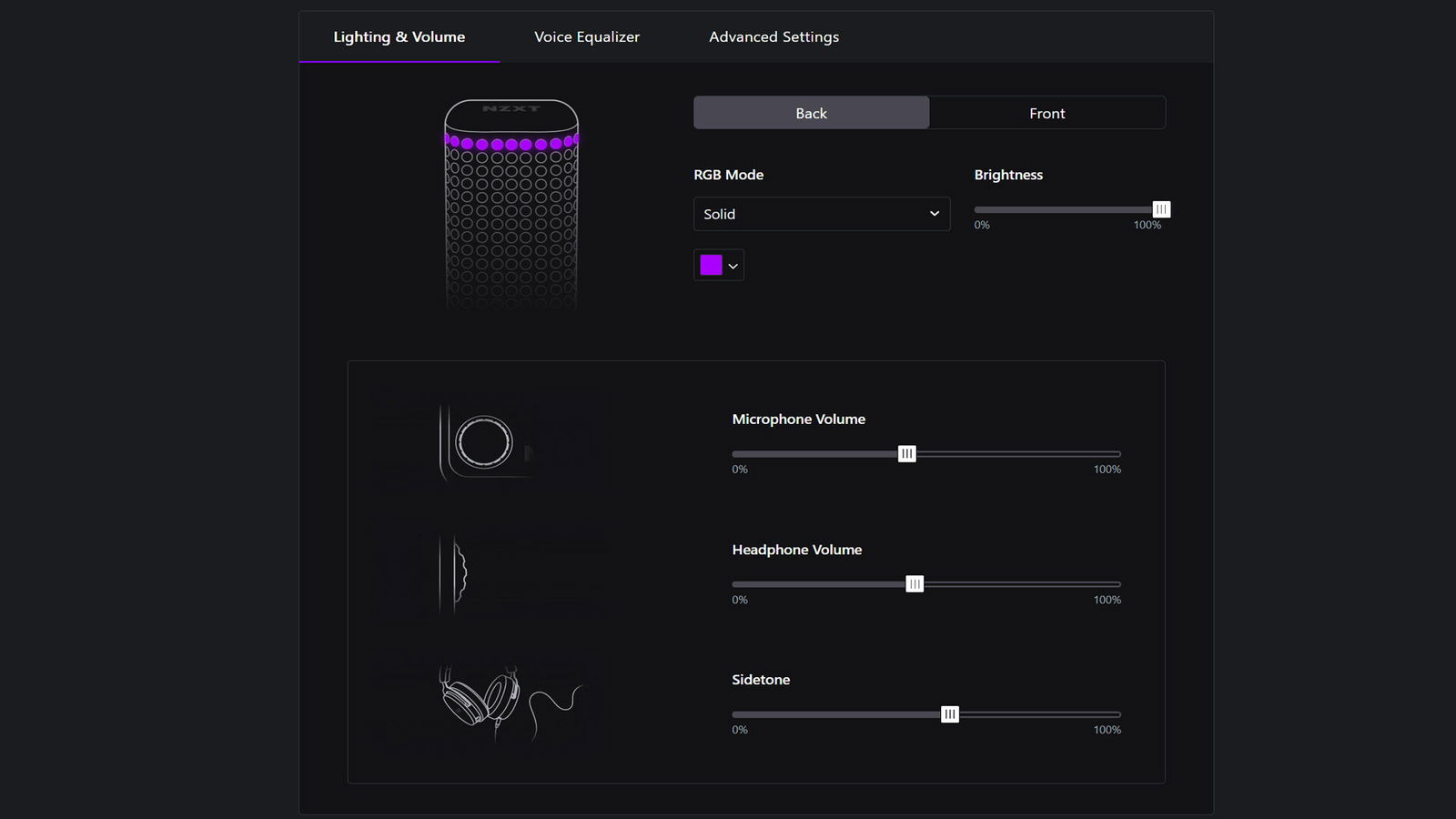
Whether you see the Capsule Elite’s design as minimalistic or generic is a matter of taste. Objectively, though, it looks—and feels—cheaper than the original aluminum-cased Capsule the Elite is meant to supersede. The switch from metal to high-quality plastic was a necessary trade-off to lower the price. But it came at the cost of the original’s premium feel.
“…if professionalism is a concern, the Capsule Elite’s nondescript design may be perfect for the job.”
The plastic shell also isn’t as effective at reducing handling noise or rejecting frequency buildup, and the design has some interesting quirks. The aluminum dials have textured, incremental bumps—presumably to provide tactile feedback—but the vibration carries into recordings as a bassy thump. The way the mute function works is similarly odd. Unlike the mostly silent tap-to-mute controls on other gaming mics, the Capsule Elite uses a mechanical switch under the gain dial. Curiously, the mute activates when the button is released instead of when the switch bottoms out, resulting in an echoing metallic twang just before the signal cuts out.
However, if the gain and volume levels are set before hopping on a stream or pushing record, handling noise shouldn’t be an issue. However, sound rejection might still present some problems. Even on a boom arm, the hollow plastic casing picks up excessive vibrations, and the cardioid pattern isn’t very discerning, picking up everything from keyboard strokes to ambient HVAC noises.
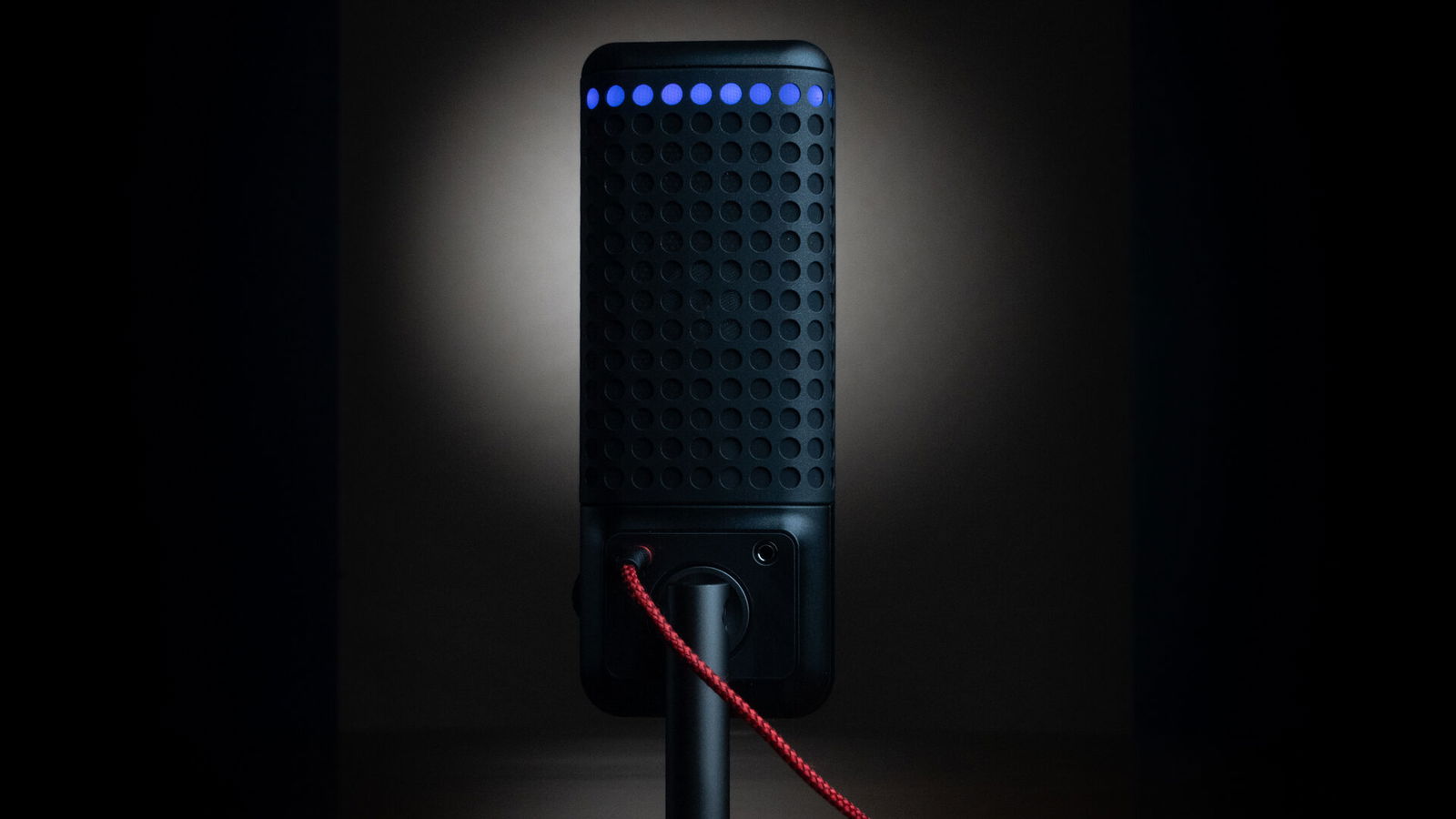
The other issue with the NZXT Capsule Elite is distance. Like most mics, the Capsule Elite sounds rich and resonant when the mic is 3-6 inches from your mouth, but when placed a little farther away, the quailty drops off a cliff. When attached to the desk stand and sitting a reasonable 12 inches away from me, the sound profile became airy and low contrast with a distinct digital character.
As stylish as it looks on the desk stand, the Capsule Elite is designed with a boom arm in mind. Once attached, it transforms from a competent microphone into an exceptional one—especially for the price. Unlike many other microphones that come with a threaded nut recessed in the frame, NZXT has placed the mount at the end of an articulating arm to the back of the Capsule Elite. This arm allows the body to rotate 90 degrees vertically and 180 degrees horizontally, essentially adding an extra, independent limb to your boom arm. Currently, it’s my favourite feature of the NZXT Capsule Elite and one of the most intuitive mounting systems I’ve come across on a USB mic.
Overall, the NZXT Capsule Elite is an exceptional USB microphone, offering impressive audio performance, a sleek design, and easy setup. The Capsule Elite isn’t without drawbacks and design quirks, but for gamers, streamers, and content creators looking for a budget-friendly, professional-looking microphone, the NZXT Capsule Elite is an excellent choice.
